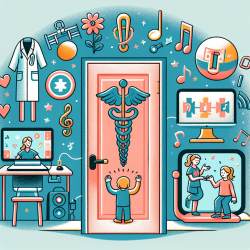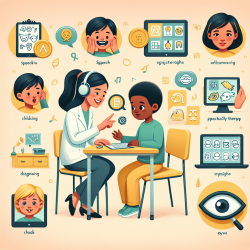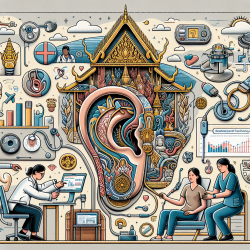The recent research article, "The Juvenile Gangliosidoses: A Timeline of Clinical Change," offers crucial insights for practitioners working with children diagnosed with juvenile gangliosidoses. This study, published in Molecular Genetics and Metabolism Reports, provides a detailed timeline of clinical changes, emphasizing the importance of early diagnosis and consistent neurodevelopmental evaluations. Here’s how you can implement these findings to enhance your clinical practice.
Key Takeaways from the Study
The study focuses on the natural history of juvenile GM1- and GM2-gangliosidosis, presenting a timeline of clinical changes and identifying key outcome measures. The primary symptoms prompting a genetic diagnosis are changes in ambulation and verbalization skills. Neurodevelopmental testing, such as the Bayley Scales of Infant and Toddler Development (Bayley-III) and the Vineland Adaptive Behavior Scales, were pivotal in tracking these changes.
Implementing Neurodevelopmental Testing
Regular neurodevelopmental evaluations are essential for tracking the progression of juvenile gangliosidoses. The study highlights the importance of:
- Administering standardized tests like the Bayley-III and Vineland Adaptive Behavior Scales at 6-12 month intervals.
- Using both direct evaluations by skilled neuropsychologists and caregiver rating forms to gather comprehensive data.
- Interpreting results in the context of the child's daily functioning and overall quality of life.
These measures help in identifying subtle changes in ambulation and verbalization skills, which are crucial for early diagnosis and intervention.
Early Diagnosis and Intervention
The study underscores the significance of early diagnosis in improving clinical outcomes. Practitioners should be vigilant for early signs such as:
- Gait abnormalities
- Speech difficulties
- Strabismus and abnormal eye movements
Early intervention can stabilize or even improve ambulation and verbalization skills, enhancing the child's quality of life.
Tracking Clinical Changes
The timeline of clinical changes provided in the study can serve as a reference for practitioners. Key points include:
- Ambulation and verbalization skills typically decline in the second year of life for late-infantile phenotypes and between the third and fifth years for classic juvenile phenotypes.
- Seizure disorders are more common in late-infantile phenotypes.
- Feeding tube placement is often necessary for managing dysphagia and malnutrition, particularly in late-infantile phenotypes.
By tracking these changes, practitioners can better anticipate the needs of their patients and tailor their therapeutic approaches accordingly.
Encouraging Further Research
While the study provides a comprehensive overview, there is always room for further research. Practitioners are encouraged to:
- Participate in clinical trials to explore new treatments and therapies.
- Contribute to longitudinal studies to improve the understanding of disease progression.
- Collaborate with researchers to develop standardized outcome measures for clinical trials.
By staying engaged with ongoing research, practitioners can continue to improve their skills and provide the best possible care for their patients.
To read the original research paper, please follow this link: The juvenile gangliosidoses: A timeline of clinical change.










